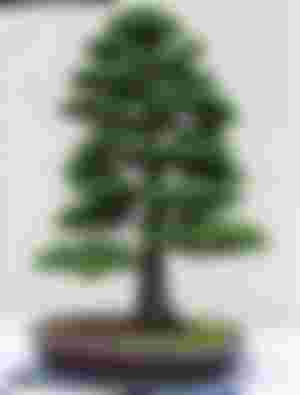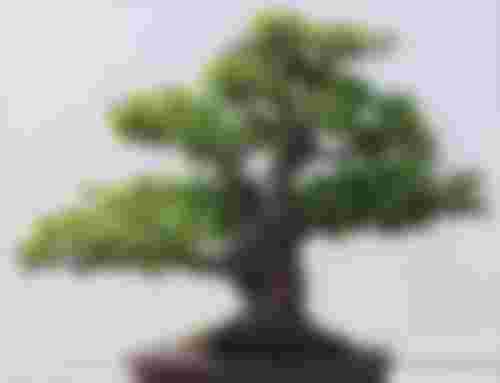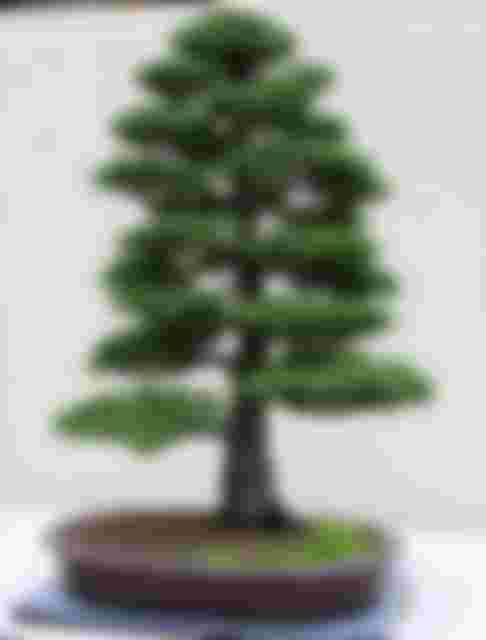
Dwarf trees became known as "bonsai", literally made of bone (shallow pot) and saigh (cultivation) or in other words "potted plant trees". They soon spread to Japan, China, Southeast Asia, the Pacific, Europe and America and found fans almost everywhere. In the 17th century, the Dutch brought this art to the West. Today, it is no longer just a matter of space that inspires enthusiasts and gardeners. It is the graceful beauty of dwarf trees.


Japanese immigrants brought bonsai to São Paulo about 30 years ago. Now they are losing not only imported trees, but also common Brazilian species, such as guava and palm trees, yellow ipe, bougainvillea and more.
Their ages is remarkable. For example, some imported from Japan to Brazil are more than two hundred years old. And in Japan, some would have reached six hundred years, like Osaka.
How the Dwarfing Is Done
The natural method of reducing the size of a tree is still the most popular, although chemicals and hormones are used to make specimens even smaller than the conventional height of about fifty centimeters (just under two feet).
The tree is shaped and formed over many years until it takes the majestic form of a large tree. Bonsai can be grown from seeds or cuttings. In the case of seeds, it is best to use them from naturally smaller trees, planted in soil mixed with medium sand. After four to eight months, they germinate and grow normally. The seedlings are planted like any other tree. The miniature trial begins after seven, nine, or twelve months, while still on the ground.
The side roots are cut with a shovel about 15-20 centimeters from the stem. Also at this point, a branch can be bent into the desired shape with a strong wire, which is wrapped around it. After eighteen months, the roots are cut again. This procedure is repeated at twenty-four, thirty-two and thirty-six months. In the crucial first three years, about 60-70% of the seedlings may die.
Then the tree is planted in a shallow pot. This time the pat is cut, leaving about two inches from where the root ends and the trunk begins. Therefore, all growth agents are stopped.
The shape of the boat must be adapted to the type of tree and to the scenario proposed to the observer. It is usually made of clay and its shape and depth should be proportional to the tree.
A wire mesh is attached to the pot to prevent dirt from sticking to the sides. A well-planted bonsai can be removed from the pot at any time, but it stays indoors for two to three years, when the soil changes to keep it from rotting. Then the plant is ready to prune the branches with scissors, and the branches can be bent with wire according to the manufacturer's schedule.
Watering is usually done once or twice a day, except in winter when the tree is at rest. Many people put a dry match on the floor and take it out. If it's wet, they don't water, but if it's dry, they water.
At regular intervals, the tree is taken out of the pot to prune the roots. This continues until the tree is "fully developed" after about ten to fifteen years or more!
Bonsai trees can be left outside in cold weather in the winter. Fresh air is essential, so where there is central heating, they cannot stay indoors for more than a week at a time.
The value of a bonsai tree is in its shape, height and age. The older the tree, the more valuable it is. Although the miniature is large and old-fashioned, it is a tree that will appeal to you,other observers and in your living room.



Wow amazing